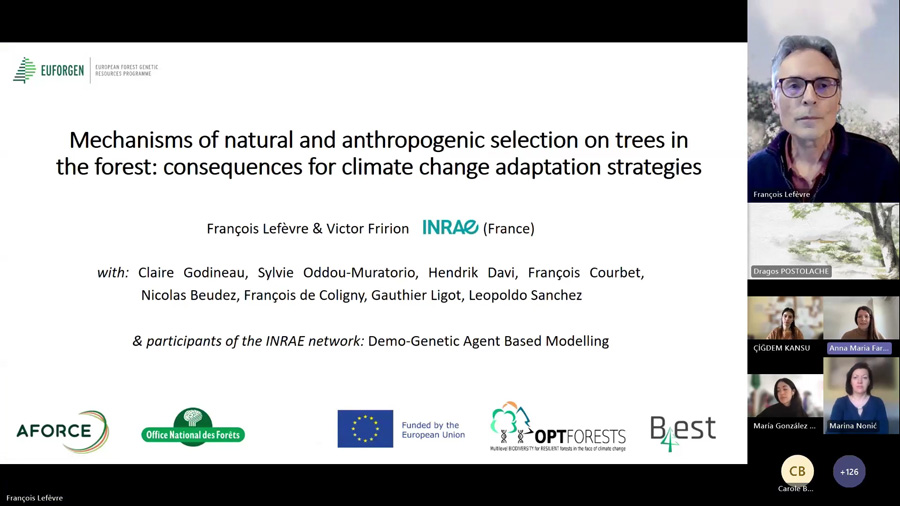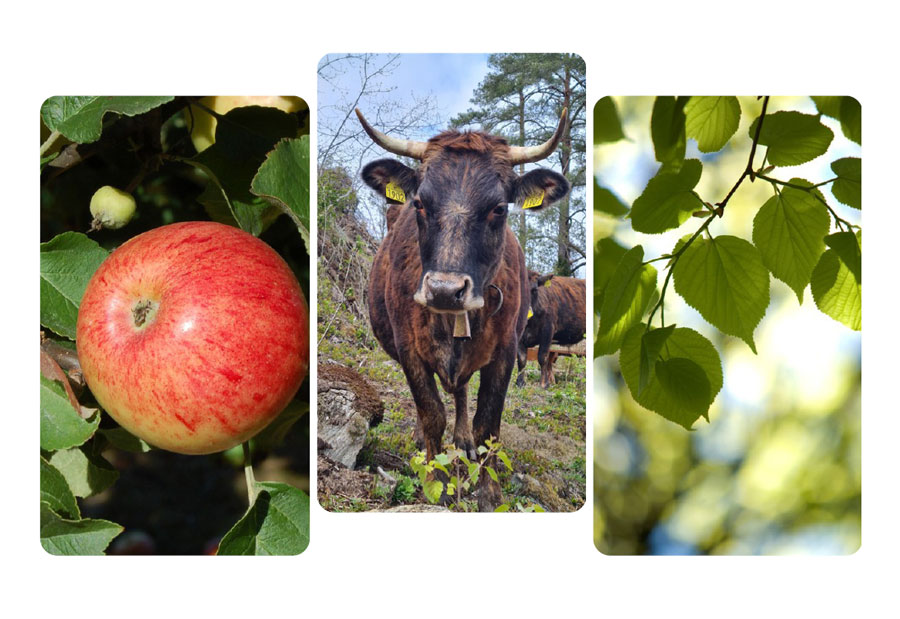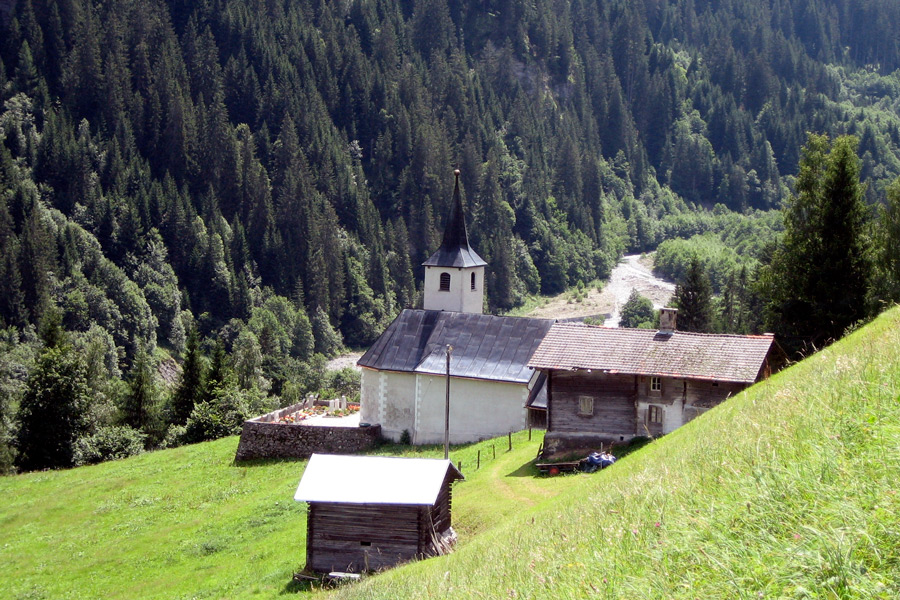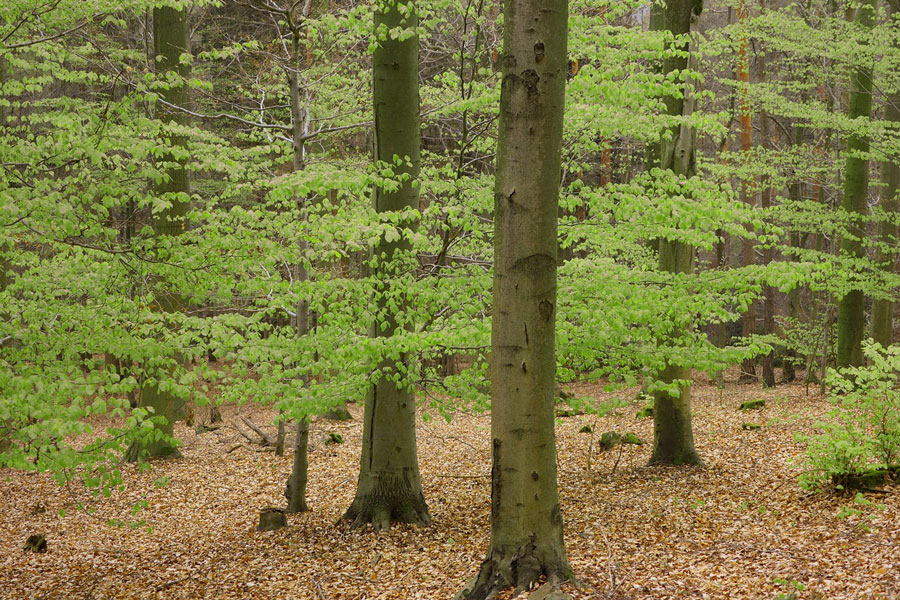Stone pine's fascinating genetics
Genetic diversity is said to be essential for evolution and adaptation, but stone pine is both genetically uniform and widely successful. Maybe it was just lucky.
Stone pine (Pinus pinea), with its flat, spreading crown, is a characteristic tree of coastal regions around the Mediterranean; tens of millions of trees spread from sea level up to 1000 metres. And yet, it is also genetically very uniform, with considerably less genetic diversity than other species of pine. Strange, for such a widespread and apparently successful species, and a challenge to current conservation dogma, which holds that genetic diversity is essential to being able to adapt to changing conditions and different environments.
Stone pine’s uniformity has been known since the late 1970s, when studies revealed that certain proteins were unexpectedly identical across many individuals and populations. More recent research looking at DNA directly has confirmed how depauperate the genome is and begun to shed light on how this important species spread around the Mediterranean basin.
Ancient History
Evidence of stone pine’s importance to humans goes way back. Residues from stone pine “nuts” in dental calculus show that people were eating them 300,000 years ago. Charcoal has been found at several sites in Gibraltar, southern Spain, and France, dating back around 50,000 years. Pine nuts were an important food source, and trees have been cultivated (though never as an orchard crop) for more than 6,000 years. Starting around 3500 years ago, they became valuable trade goods, transported by Phoenicians and Romans as far afield as Egypt and England.
A 2008 study looked in detail at the DNA of chloroplasts, the green organelles that capture sunlight for plants. Chloroplasts are generally inherited from one parent only, and their genome is called a haplotype (haploid genotype). As a result, chloroplast DNA is not shuffled by sexual reproduction. Samples from 34 stone pine populations around the Mediterranean identified only four haplotypes, and three of them were extremely rare. The vast majority of the populations, 29 of the 34, contained a single haplotype, called H1. Two populations from central Spain contained a few individuals with the H3 haplotype, while in Lebanon, two populations had H2 individuals and a third had H2 and H4.
The authors compared their results with other investigations of plant diversity. They concluded: “This search indicates that P. pinea is truly exceptional among widespread, sexually reproducing plant species for its low level of genetic diversity” and is “an order of magnitude” less diverse than other species of pine.
Clearly, stone pine went through some sort of bottleneck when the population was reduced to relatively few individuals and most of the diversity was lost. The presence of the H1 haplotype right across the range suggests that the bottleneck happened in a single area, with the diversity in Spain and Lebanon the result of later mutations. A second DNA study sheds light on this and other questions.

At Least Two Bottlenecks
This newer research looked at 177 nuclear genes, which are much more likely to be responsible for phenotypic differences than chloroplast genes, and compared stone pine with its close relative maritime pine (P. pinaster). The results confirm that P. pinea is genetically depauperate, and they identify two ancient genetic clusters, one centred today in the Balkans and one further west in the Iberian peninsula.
The researchers went further by using changes in the DNA to model changes in the effective population size. For both species, the population started to decrease about one million years ago, collapsing to about 20% of its original size. The demographic histories of stone pine and maritime pine then diverge. About 100,000 years ago, the maritime pine population started to increase again until it was about the same as it was a million years ago. Stone pine, however, continued to drop, more strongly in the Balkans than in Spain, until it is now not more than 5% of its original size. The split between the Balkan and Spanish populations probably took place about 9500 years ago, around the same time as the earliest archaeological evidence for stone pine cultivation.
Spreading Out Again
Perhaps more interesting than the bottleneck and loss of diversity is how the species then spread successfully around the Mediterranean. The nuclear DNA confirms that this expansion probably originated in Spain. The recent split between that population and the one further east poses a bit of a puzzle. Stone pines, unlike other pines, depend on birds rather than wind to disperse their seeds. Given how far and how fast they spread, that strongly implicates humans. Or, in the cautious words of academic researchers, “a circum-Mediterranean colonisation could not have occurred without the support of idiosyncratic dispersers.”
Another factor in stone pine’s successful expansion may be that most of the pests and diseases that afflict it also suffered during the bottleneck phase and have not recovered. This effect, known as release from enemies, is also what enables crops and invasive species to thrive when far from the places they evolved, but it might now threaten the stone pine. The invasive pine tortoise scale insect has been devastating stone pines along the coast of Italy, and the search is on for provenances that might be more resistant to replacing dead and damaged trees.

Looking For Diversity
Santiago González-Martínez, lead author on the more recent study, said, “although stone pine has very little diversity in the genes and markers we looked at, there is some diversity for important traits, such as growth, seed weight and seed yield. It would be very useful to find some provenances and individuals that are more resistant to pine tortoise scale, in case we need to replace dead trees.”
González-Martínez is alluding to common garden trials, where trees from different areas are grown in a single plantation. In one, the most productive trees produced 2.5 times more cones than the overall average. The size of seeds varies too, with some provenances producing seeds more than twice as large as others. Thus, there is scope for further selection of more provenances with valuable characteristics.
Unfortunately, the lack of genetic diversity prevents researchers from discovering whether provenances with larger or tastier nuts are the result of ancestral selection or simple mutation. Differences among provenances also point up the distinction between the specific DNA markers studied and those that are important for adaptation.
In the end, it may be that stone pine has, in some sense, just been lucky. The confluence of special factors that enabled it to expand successfully out of Spain does not negate the more general dogma that genetic diversity is essential for evolution and adaptation.
More information
- MedForest blog article: The threat to Italy’s iconic stone pines
- European Forest Institute's article: The pine forests of Rome: an ecosystem and a scenic beauty under threat (Download PDF)










